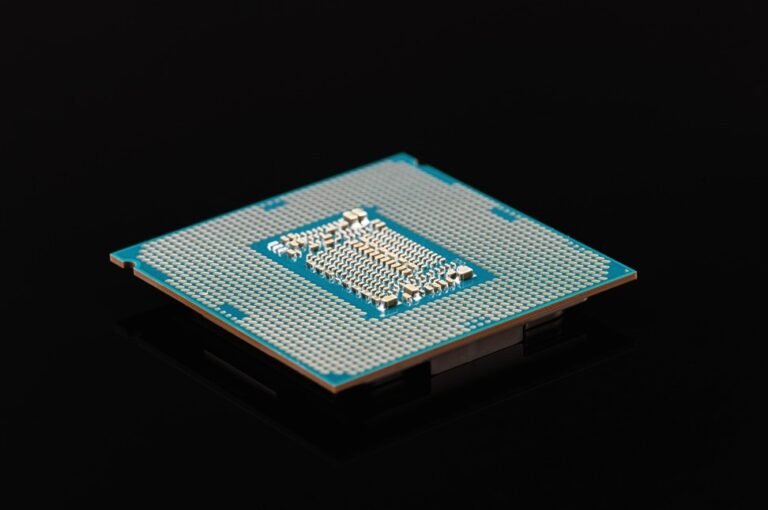Google is taking a significant step to address consumer safety and product reliability after increasing user reports of battery swelling issues in the Pixel 7A smartphone. In response to these complaints, the company has expanded its official repair program to include free battery-related fixes, even for out-of-warranty devices, as long as the problem relates to battery bulging or expansion.
The move follows hundreds of documented incidents shared on Reddit, social media, and Google’s own support forums. Some users have experienced deformed back panels, dislodged screens, or increased device heat all symptoms associated with battery swelling in lithium-ion powered smartphones.
What is the Pixel 7A Battery Swelling Problem?
The Pixel 7A, a well-reviewed mid-range Android phone released in May 2023, was praised for its camera performance, clean software experience, and affordability. However, some units have started showing early signs of battery degradation, including swelling that exerts pressure on internal components, causing:
- Separation of the rear glass or plastic panel
- Screen warping or touch sensitivity issues
- Compromised waterproofing seals
- Battery overheating or charging anomalies
Though battery swelling is a known risk in aging or overheated lithium-ion cells, Pixel 7A owners are reporting these issues far earlier than expected in many cases within 6 to 12 months of usage, raising concerns over battery quality control, thermal management, or manufacturing defects.
Google’s Official Statement and Repair Policy Update
Google confirmed in a statement that it has extended its repair and replacement coverage for impacted Pixel 7A devices:
“We are aware of battery swelling reports affecting a small number of Pixel 7A units. Eligible devices will be repaired at no charge, even outside the standard warranty window.”
This means that if your phone has any physical damage caused by battery swelling — such as a lifted screen or open back Google will repair or replace the phone through its authorized service network, including uBreakiFix stores (U.S. and Canada), or via mail-in support.
Official support info is available at Google Pixel Help.
How to Check If You’re Affected
If you’re unsure whether your Pixel 7A is impacted by battery swelling, look for the following early warning signs:
- The device no longer lies flat on a surface
- Slight bulge on the back panel or screen frame
- Screen separation or a visible gap around the edge
- Device heating during standby
- Battery draining rapidly or failing to charge
If you notice any of these issues, do not continue charging the device, and avoid using it until it can be evaluated. Swollen batteries, if neglected, pose serious safety risks, including fire hazards or chemical leaks.
Safety and Technical Implications of Swollen Batteries
Battery swelling occurs when internal chemical reactions create gas buildup inside a lithium-ion cell. While this can result from physical damage, overcharging, or excessive heat, it can also be caused by manufacturing defects, including:
- Poor-quality battery materials
- Faulty thermal control mechanisms
- Inadequate safety regulators in the charging circuit
A damaged battery can lead to:
- Rupturing of the battery casing
- Degradation of internal components
- Potential thermal runaway, which may cause fires or explosions
- In rare cases, corrosive leaks that damage internal circuitry
These are not theoretical risks past incidents involving Samsung’s Galaxy Note 7, Apple’s MacBook Pro, and certain HP laptops have shown that swelling can escalate quickly without warning.
Consumer Reactions and Community Response
The Pixel community was quick to flag the issue, with several users on Reddit’s r/GooglePixel subreddit sharing before-and-after photos of swollen devices. Many expressed frustration at Google’s slow response and concerns that this defect may impact the reputation of the Pixel brand.
Sample user posts:
- “I loved this phone, but now the back panel is popping off. I’ve never dropped it, and it’s less than a year old.”
- “Support told me it wasn’t under warranty, but now they’re offering a free fix. Why wasn’t this the policy earlier?”
Some users even reported difficulty in warranty verification, suggesting the need for better repair transparency and consistent support guidelines.
What This Means for Google and the Smartphone Market
Google’s proactive stance marks a significant shift in how the tech giant handles hardware faults. In the past, its Pixel phones have received criticism for hardware reliability issues, ranging from microphone failures (Pixel 2) to screen problems (Pixel 4 XL). The Pixel 7A swelling incident adds to a list of recurring hardware controversies that may affect user trust and future sales.
However, expanding the repair program signals:
- Google’s increased focus on hardware quality assurance
- A move toward Apple-style repair accountability
- Rising consumer pressure for post-sale device support
In a hyper-competitive Android ecosystem where brands like Samsung, OnePlus, and Xiaomi offer similar price-performance options Google’s success hinges on product durability, customer service, and device safety.
Industry Experts Weigh In
According to hardware reliability analyst Ben Stanton (Canalys):
“Battery defects are costly not just financially, but reputationally. Brands that respond quickly, communicate transparently, and offer no-cost repairs tend to retain customer loyalty.”
Meanwhile, publications like Android Authority have emphasized that Google must implement better thermal testing and battery quality control in future Pixel models, especially as it enters new product categories like foldables and tablets.
How to Get Your Pixel 7A Repaired
To initiate your free repair:
- Visit Google Pixel Support: https://support.google.com/pixelphone
- Select “Battery or Power Issue”
- Provide your IMEI number and device details
- Choose between mail-in or authorized repair center
- Wait for a confirmation email with your repair ticket or appointment info
Most repairs are completed within 5–10 business days, depending on location and damage severity.
Final Thoughts
The expansion of the Pixel 7A repair program shows that Google is willing to take responsibility for hardware defects, particularly those involving user safety. While the battery swelling issue raises questions about the Pixel line’s durability, it also reflects how consumer pressure and transparency can push tech giants toward better product support and quality standards.
As Google prepares for future launches like the Pixel 8A, consumers will be watching closely not just for innovation, but for trustworthiness.















